June 18, 2025 | 12:15 GMT +7
June 18, 2025 | 12:15 GMT +7
Hotline: 0913.378.918
June 18, 2025 | 12:15 GMT +7
Hotline: 0913.378.918
The Department of Dyke Management and Natural Disaster Prevention (Ministry of Agriculture and Rural Development) in collaboration with Japan's Ministry of Land, Infrastructure, Transport, and Tourism (MLIT) convened the 12th Vietnam - Japan Dialogue Workshop on Disaster Management Cooperation on November 28. The workshop's theme was "New Approaches to Flood Mitigation Using Risk Information."
Recent research shows that the frequency and severity of natural disasters are on the rise, not only in Asian countries but also globally. The consequences of these disasters are also increasing, impacting not only developing regions but also areas with more advanced infrastructure.
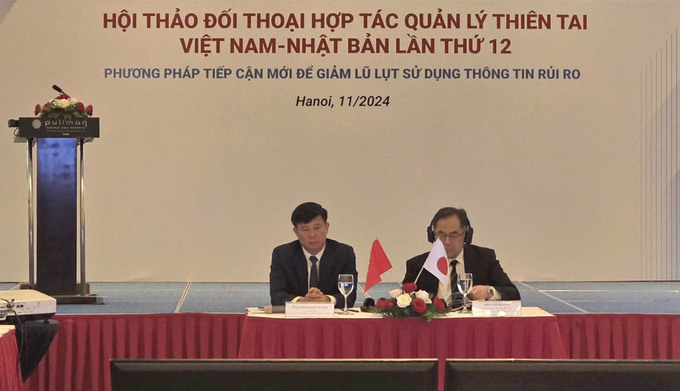
Director of the Department of Dyke Management and Natural Disaster Prevention and Control Pham Duc Luan and Assistant Deputy Minister, Secretary of the Minister of MLIT of Japan Ishikawa Shin coordinated the Workshop. Photo: Linh Linh.
The workshop provides an opportunity for Vietnamese and Japanese experts and administrators to communicate and share information and experiences, according to Mr. Pham Duc Luan, Director of the Department of Dyke Management and Natural Disaster Prevention. One of the objectives of this exchange is to create solutions that will mitigate the risks and minimize the damage resulting from natural disasters, particularly floods and landslides.
Vietnam, as per the agency, is particularly susceptible to flooding and other forms of natural disasters. Flooding has significantly harmed property, lives, and other facets of society in recent years.
Mr. Nguyen Xuan Tung, the Deputy Head of the Response and Recovery Division at the Department of Dyke Management and Natural Disaster Prevention, underscored the intricacy of flood prevention, which necessitates close coordination among ministries, sectors, and local authorities as a result of the regional and provincial-wide effects. Comprehensive solutions necessitate the integration of flood prevention measures into the planning processes of each sector and locality in order to effectively address this issue.
Nevertheless, the most significant obstacle in Vietnam is the lack of resources. Infrastructure initiatives, including urban areas, roads, and bridges, frequently fail to weigh disaster risks. This oversight can exacerbate flooding risks, such as bridges that obstruct flood flows or improperly designed highways that cause localized flooding in adjacent areas.
Vietnam can learn valuable lessons from Japan's sophisticated flood warning systems, technology, and advanced planning. In the event of an emergency, Japan's well-organized evacuation areas, such as stadiums and public structures, and its affordable, high-precision measuring devices guarantee public safety, according to Mr. Tung. This emphasizes the significance of integrating water management with disaster response.
Mr. Ishikawa Shin, the Assistant to the Vice Minister and Secretary to the Minister of MLIT Japan, underscored the importance of preventive measures in Japan, as it is frequently too late to respond effectively after a disaster has occured. These measures encompass structural solutions, such as hydraulic dams, reinforcing dykes, and associated infrastructure, as well as non-structural solutions, such as population relocation and risk management activities.
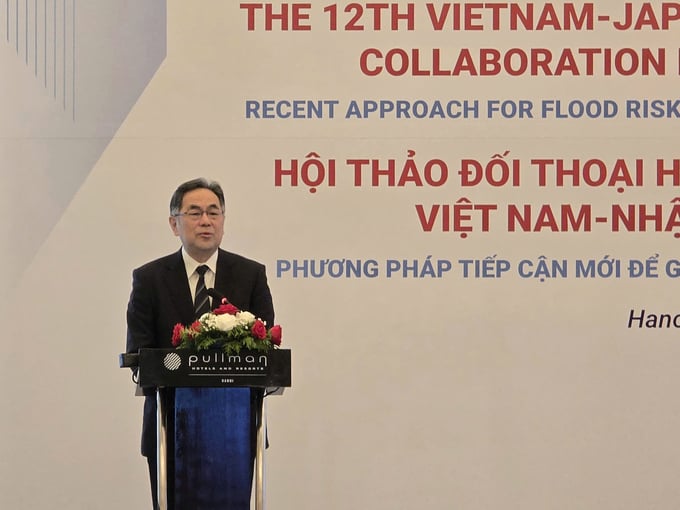
Assistant Vice Minister, Secretary to the Minister of MLIT of Japan Ishikawa Shin. Photo: Linh Linh.
He observed that Vietnam should prioritize the enhancement of disaster prevention infrastructure to guarantee its long-term efficacy. Japan is prepared to provide Vietnam with assistance in the development of suitable plans for future implementation and to share its experience.
Mr. Nguyen Van Dinh, the Deputy Director of the Department of Agriculture and Rural Development in Bắc Giang Province, stated that the damage caused by recent cyclones and flooding was substantially reduced as a result of an early preparation. One of the most significant accomplishments was the prevention of any severe incidents in reservoirs, dams, and dykes.
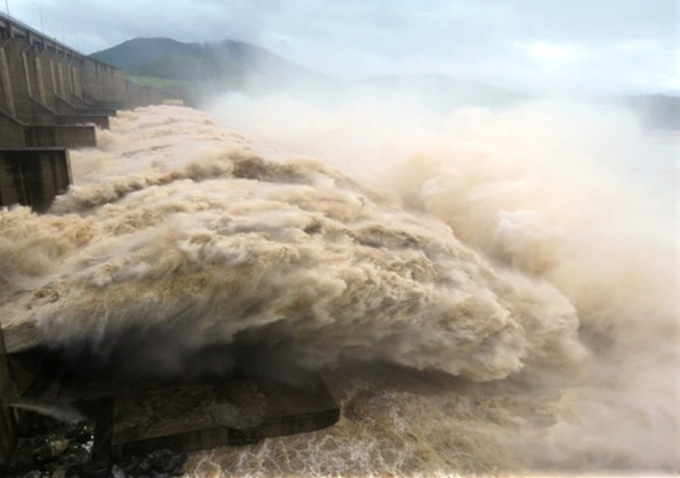
Disaster prevention solutions are divided into two main groups: structural and non-structural solutions.
Bac Giang implemented monitoring and warning systems to facilitate more efficient command and operations. Allocating resources to guarantee dam safety, monitoring water levels and discharge rates, establishing rain gauge systems, and accumulating data for dam safety were among the specific measures implemented.
The implementation of a reservoir warning and safety operation system was a notable success, as it ensured appropriate flood discharge processes and minimized the impact on local residents.
Local disaster management remains significantly contingent upon proactive measures implemented by local authorities, regardless of these endeavors. Bac Giang encounters substantial obstacles, particularly in the acquisition of investment resources. The province is committed to identifying and resolving these constraints in order to improve its resilience to natural disasters, while also prioritizing critical projects.
Translated by Dieu Linh
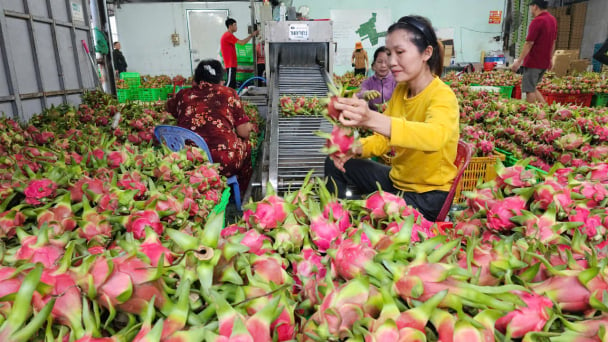
(VAN) According to the Binh Thuan Department of Industry and Trade, in the first five months of 2025, Binh Thuan's dragon fruit export turnover increased by 20.65% compared to the same period last year.
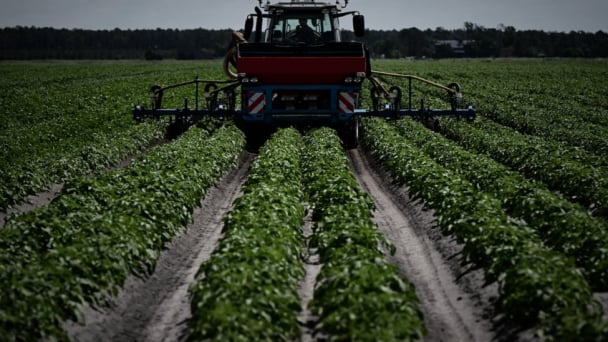
(VAN) EU countries on Thursday gave final approval to new tariffs on fertilizer imports from Russia, a move aimed at cutting off revenue that could support Moscow’s war in Ukraine, despite concerns from European farmers.
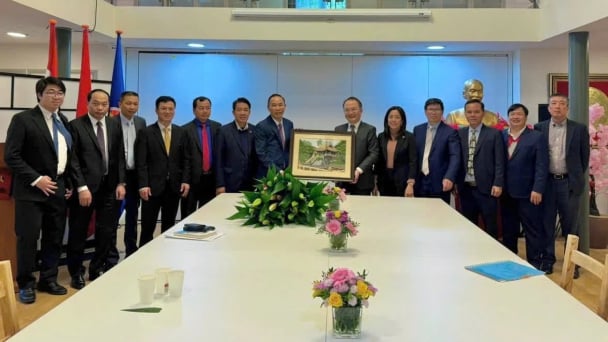
(VAN) The working delegation from the Ministry of Agriculture and Environment conducted an important trip to the Netherlands to strengthen strategic partnerships and sustainable development in the agricultural sector.

(VAN) The letter ‘A Plea from the Ocean’ not only evokes emotion but also awakens the human conscience to the responsibility of protecting life on Earth.

(VAN) The Department of Agriculture in South Africa has announced the country’s first mass vaccination of poultry to prevent local birds from contracting avian influenza.

(VAN) Establishment of the Mekong Delta Regional Agricultural Linkage Center, aiming for a closed value chain, deep processing, trading platforms, and international market connectivity.

(VAN) Gia Lai province has recently recorded 460 rare species of animals and plants, contributing to forest conservation and biodiversity planning in the region.